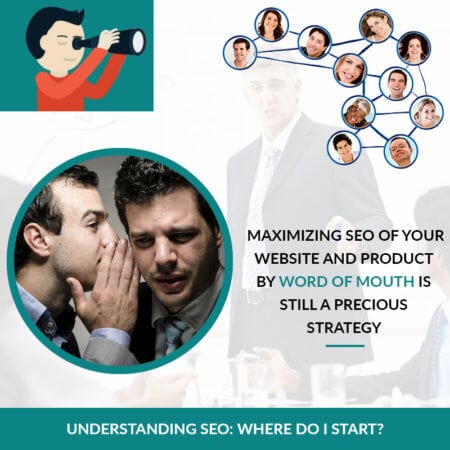 SEO, or Search Engine Optimization is a common acronym (word) you’ll frequently see thrown around on the internet, but especially by website owners and developers.
SEO, or Search Engine Optimization is a common acronym (word) you’ll frequently see thrown around on the internet, but especially by website owners and developers.
Plenty of people on both ends of SEO commonly underestimate the responsibilities involved, and the target audience in which will be most profitable, why, and how. Taking on business and selling a product on the internet is hands down a demanding task, but likewise so is developing that website, bringing you business, and specifically visitors or customers that are most likely to consider purchasing your product or services.
Familiarizing Yourself: A breakdown of what makes “SEO” function
There is a common misconception even in today’s world of technology and marketing that somehow SEO specialists or services are strictly limited to keywords and marketing. While these are indeed variables and responsibilities that play a role in an active website or product marketing, there are still plenty of others necessary as well.
Offline Marketing – Many people, may neglect it or not take it seriously, but whether your business and majority of customers can from online or off, maximizing SEO of your website and product by word of mouth is still a precious strategy.
Is Your URL “customer friendly”? – Creating and marketing an easy to remember URL or website name can mean all the difference between not only improving organic traffic (discussed later) but also in making it easier for your customers to return to your site.
Applying Social Metrics – Due to the notable popularity of major social networking sites like Facebook, Twitter, and Instagram it should be no wonder why social network marketing or advertising can bring you an entirely new crowd of prospective customers and return visitors.
What are Agnostic Features? – Agnostic features more or less represent the form of your website and business content, from how long pages are, all the way to how they are formatted for both conveniences but also useful reading. If your site has pages (assuming it’s not a blog) that easily surpass 5,000 or more words for a product descript, assuming it’s not advanced or technical, it may be time to rethink this strategy and summarize, so customers aren’t deterred from heavy reading. Try to keep it short, and to the point when possible.
Obtaining Positive Website “Authority” – How many other websites or blogs have either reviewed or linked back to your website and business? Whether it were on discussion boards and sprawled throughout other major product websites and reviews, “backlinks” and even brand name dropping can substantially increase both website traffic and popularity- which, translate to profits and repeat customers.
Accessibility and Platform Functionality – If you’re running a successful website and business, and either have the necessary funds or are willing to invest in such, having your site programmed or scripted to run on mobile devices and different platforms will also contribute heavily to more customers and website visitors frequently using your site, and buying your products.
Given all these steps and pieces of advice in mind, furthering your website’s popularity, traffic, and sales are directly influenced by SEO or Search Engine Optimization. If and when you feel like you’ve met the above requirements or worked out these different tactics, don’t hesitate to begin investing time (and money) in local SEO and conversion rate optimization (CRO) tactics.
Image credit: Local SEO Tampa
